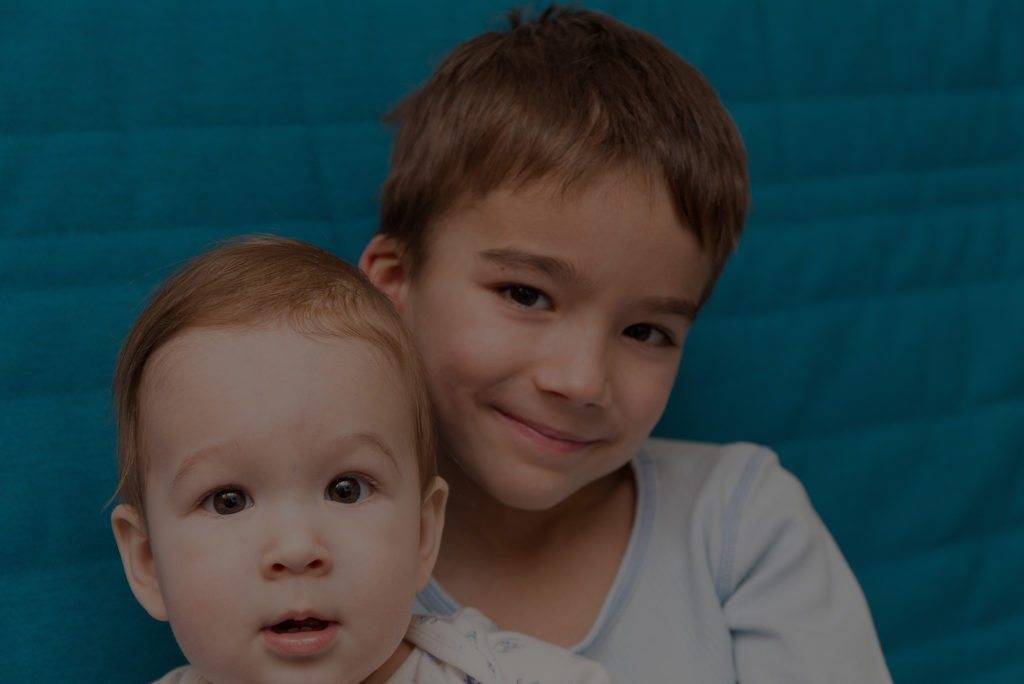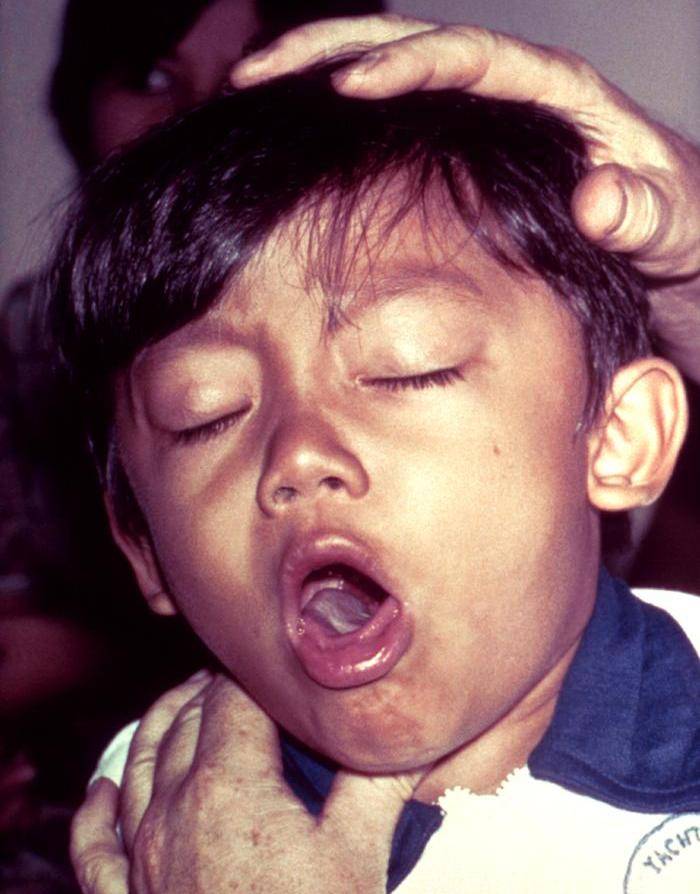Understanding Urinary Tract Infections in Children
The urinary system plays a critical role in filtering wastes from the bloodstream. Urine produced by the kidneys flows through tubes called ureters into the bladder for storage. When the bladder is full, urine exits the body through a tube called the urethra. This complex urinary system has built-in defenses that keep it sterile under normal conditions. However, bacterial invaders can sometimes breach these defenses and cause infection.

What Are UTIs?
Urinary tract infections (UTIs) involve inflammation somewhere in the urinary system. They occur when bacteria enter parts of the urinary tract like the urethra, bladder, ureters, or kidneys. The most common UTI site is the bladder (cystitis). Less often, the infection affects the urethra (urethritis) or kidneys (pyelonephritis).
UTIs are not contagious from person to person. Kids won’t catch a bladder infection from sitting on a public toilet or sharing a bath. Bacteria that enter the urinary tract typically come from the child’s own gastrointestinal tract. The infection often begins when bacteria from a bowel movement get into the urethral opening. Girls are especially prone due to their shorter urethras.
UTI Risk Factors
Certain factors raise a child’s risk of developing a UTI:
Sex and Anatomy
Girls are far more likely to get UTIs than boys due to female anatomy. The urethra’s proximity to the rectum and vagina allows GI bacteria quick access.
Age
Infants and preschoolers are at highest risk, though UTIs can affect kids of any age. Potty training is a prime time for UTIs as kids learn to wipe properly.
Abnormalities
Abnormalities of the urinary tract like blockages, reflux, or valve problems up the risk of infection.
Family history
Kids with a close family member who had childhood UTIs are more likely to develop them.
Bubble baths
Frequent bubble baths may irritate urethral openings, allowing bacterial entry.
Tight clothing
Wearing tight clothes like swimsuits or underwear can trap moisture and allow bacteria to grow.
Bowel issues
Constipation or diarrhea disrupt the body’s bacterial balance, increasing UTI risk.
Recognizing the Signs
Pay attention if your child displays any of these potential UTI symptoms:
UTI Symptoms in Children
UTI symptoms can vary greatly depending on a child’s age. Infants and young toddlers often show only nonspecific signs like vomiting, diarrhea, or feeding issues. Older children are more likely to demonstrate classic UTI symptoms. However, the only way to confirm infection is through medical testing.
Common UTI Symptoms
Typical UTI symptoms in children include:
– Burning or pain during urination
– Sudden, intense urge to urinate
– Passing frequent, small amounts of urine
– Pink, red, or cola-colored urine
– Foul smelling urine
– Abdominal pain, back pain, or discomfort
– Fever of 100.4°F (38°C) or higher
– Fatigue, confusion, or irritability
– Nausea, diarrhea, or vomiting
UTI Symptoms in Infants
Infant UTI signs may include:
– Crying or fussing during diaper changes
– Increased spitting up or vomiting
– Poor feeding or appetite
– Failure to gain weight
– Fever with no other cause
– Jaundice (yellowing skin/eyes)
UTI Symptoms in Toddlers
Toddler UTI symptoms often involve:
– New bedwetting or daytime accidents
– Urinating frequently but passing little
– Genital pain or irritation
– Increased confusion or agitation
– Unexplained crying fits or tantrums
– Chills, body aches, or headaches
Let me know if you notice any of these issues in your child. Be prepared to share details like when symptoms started, associated factors like illness/UTI history, and anything that seems to improve or worsen the symptoms. This information will help guide the diagnosis and treatment plan.

Diagnosing and Treating UTIs in Children
If UTI symptoms arise, contact your pediatrician right away. Prompt diagnosis and treatment are key to relieving discomfort and preventing complications. Here’s what to expect during the diagnosis and treatment process:
Medical Evaluation
The first step is a medical evaluation, usually during an office visit. The doctor will:
– Get a detailed history of your child’s symptoms
– Check your child’s growth measurements
– Perform an exam to identify any abnormalities
– Obtain a clean urine sample for urinalysis
Urine Testing
The urine sample will be tested for:
– Presence of bacteria
– Increased white blood cells signaling inflammation
– Traces of blood or pus
– Abnormal color or odor
Positive test results confirm a UTI diagnosis. The specific bacteria identified guides the antibiotic selection.
Antibiotic Treatment
Oral antibiotics are the primary UTI treatment. The course usually lasts 5-7 days but may run 10-14 days for severe kidney infections. It’s vital to finish the entire prescription even if symptoms resolve quickly. Stopping too soon raises the risk of recurrence.
Supportive Care
Additional UTI care may include:
– Increased fluid intake
– Pain/fever relievers like acetaminophen
– Warm baths for comfort
– Proper hygiene/wiping technique
– Loose, breathable clothing
– Avoiding potential bladder irritants
Follow up with your pediatrician if symptoms persist or return after treatment. Seek emergency care for any signs of urosepsis like breathing issues, extreme lethargy, or an inability to wake. With prompt, proper care, most childhood UTIs resolve without complications.



